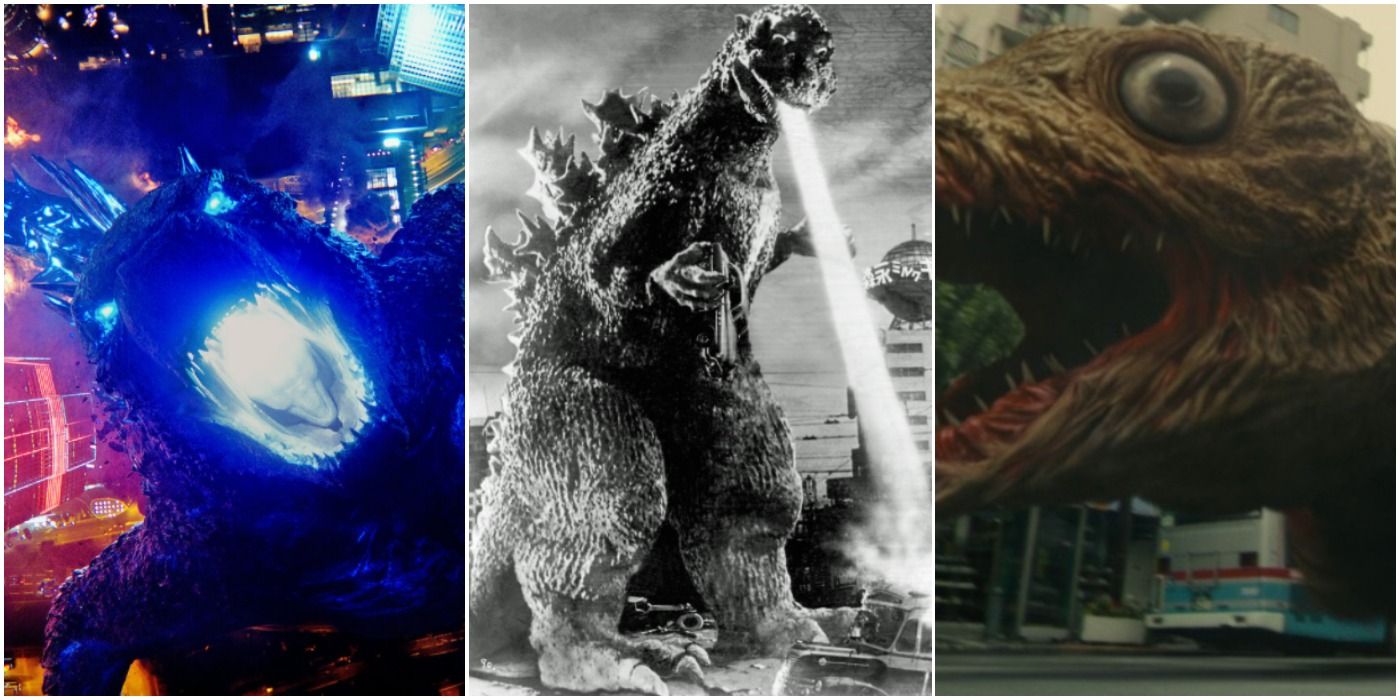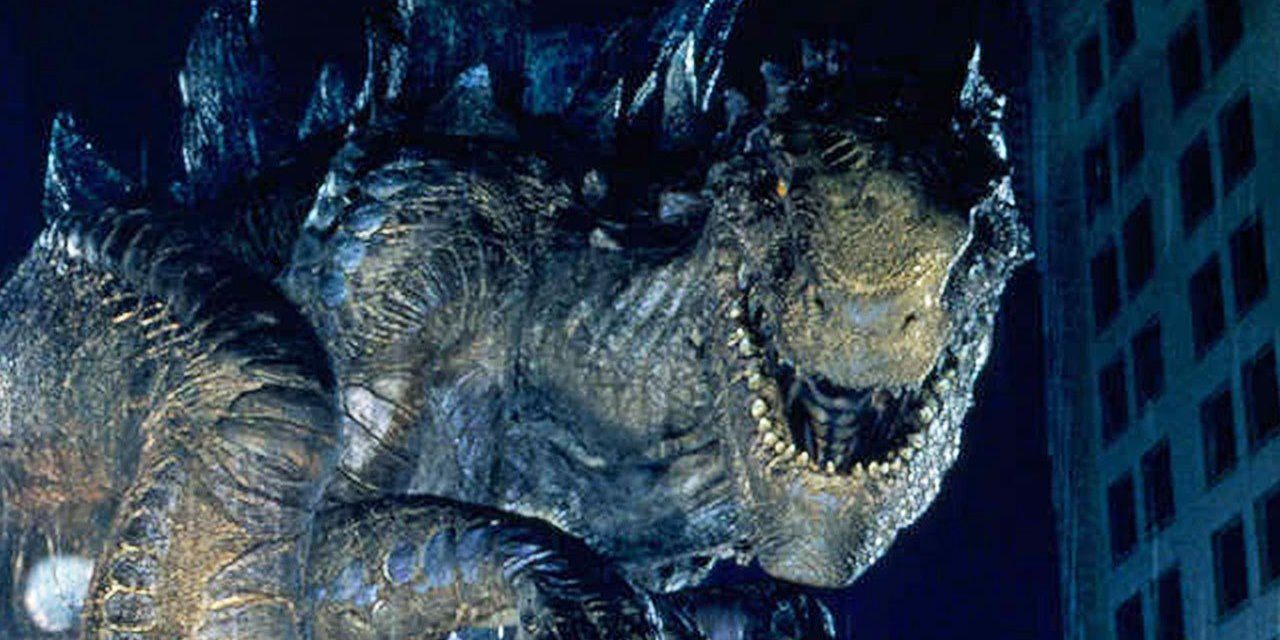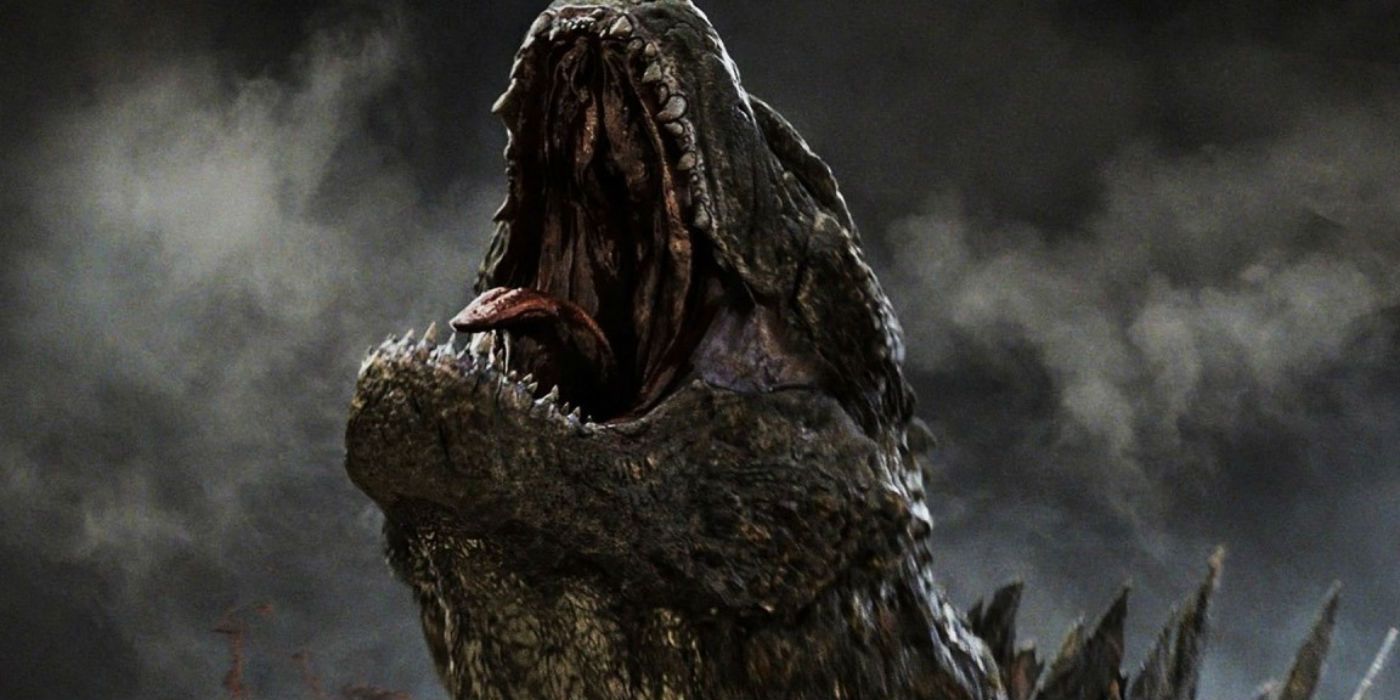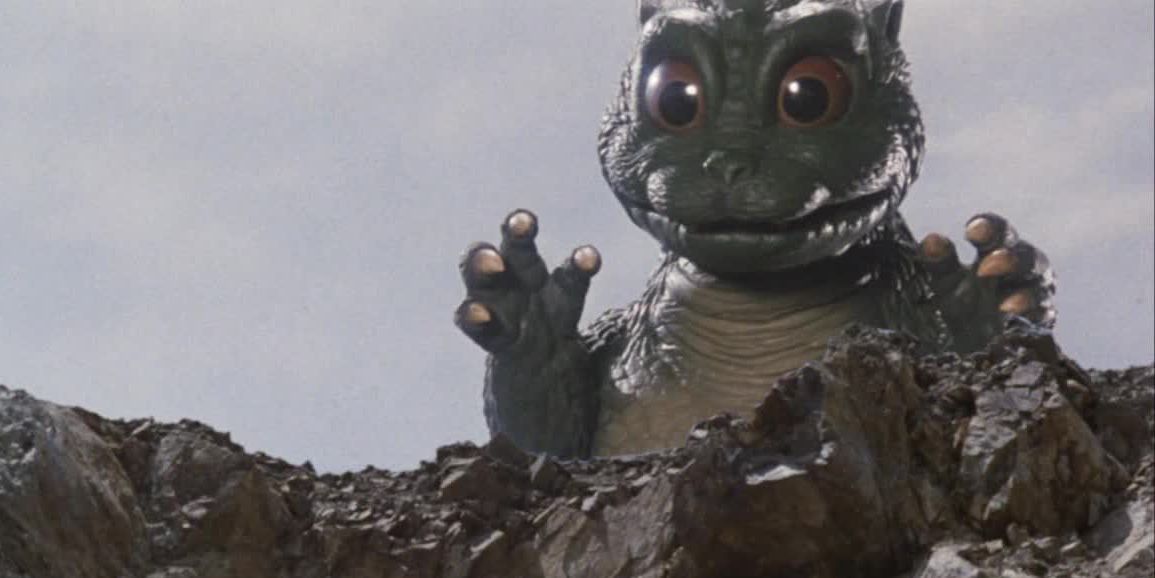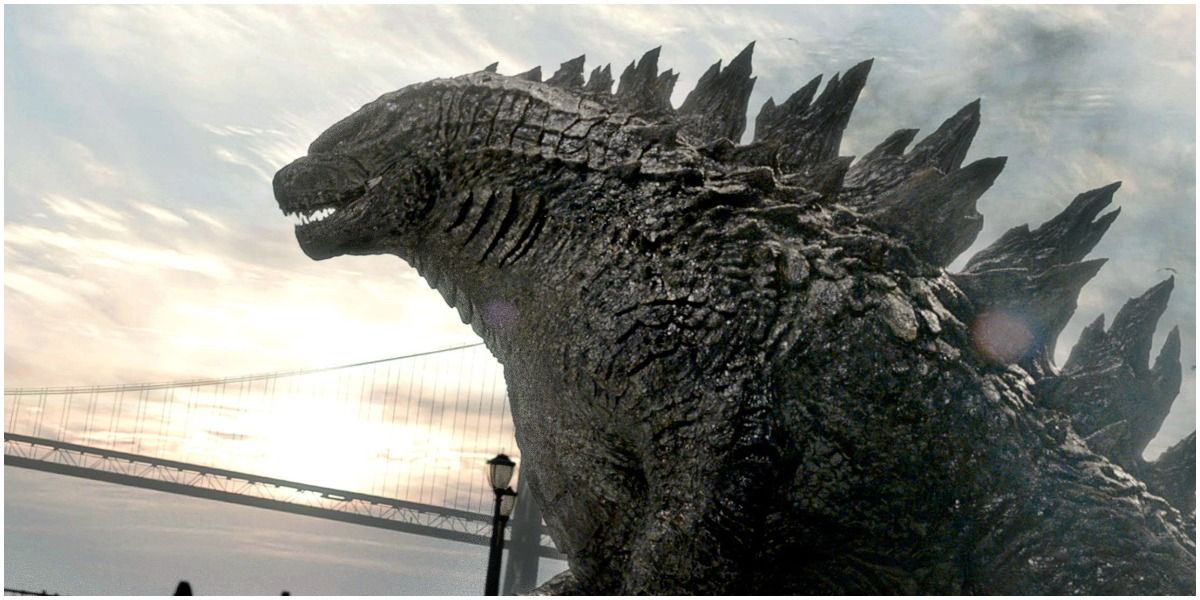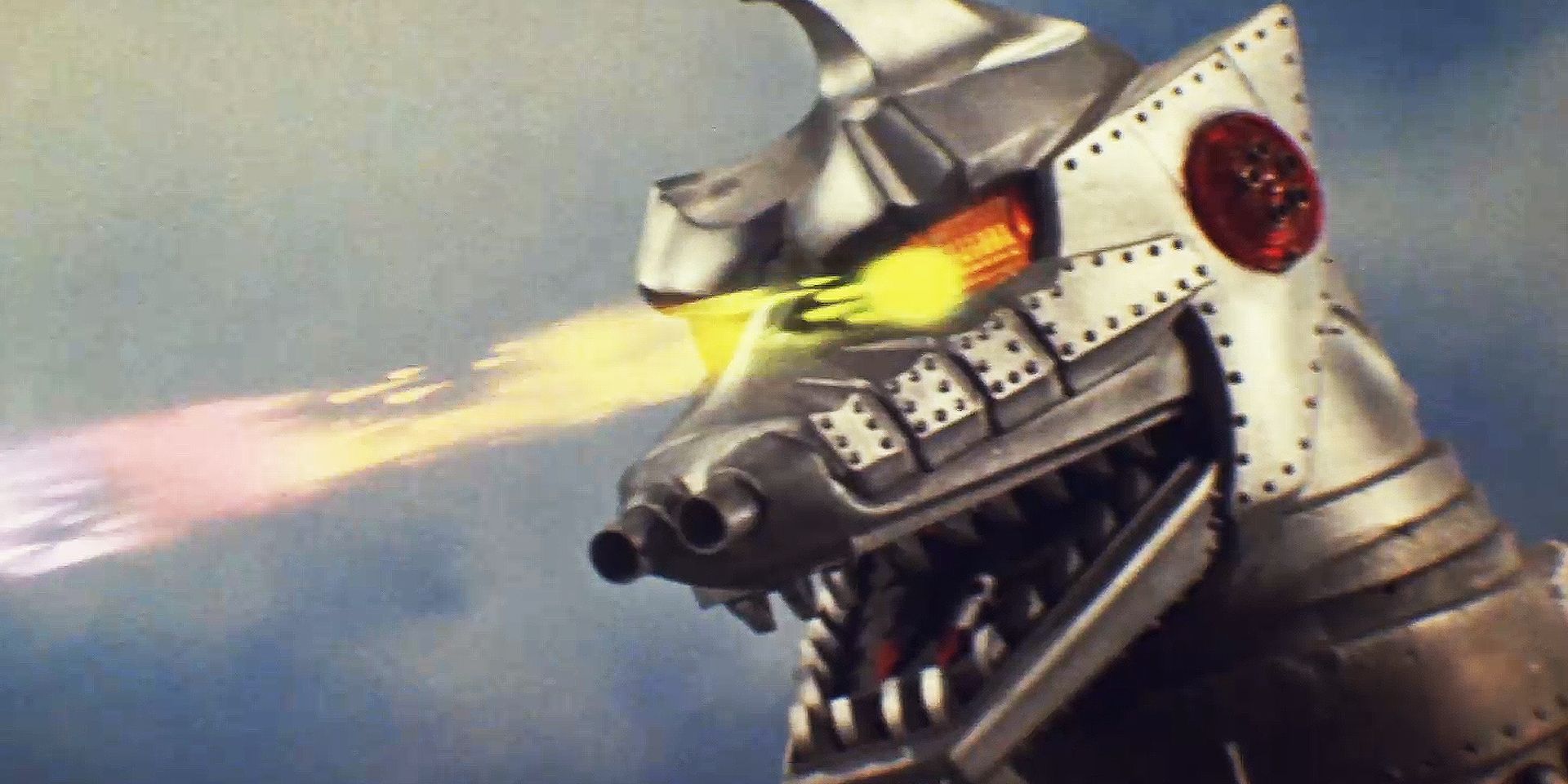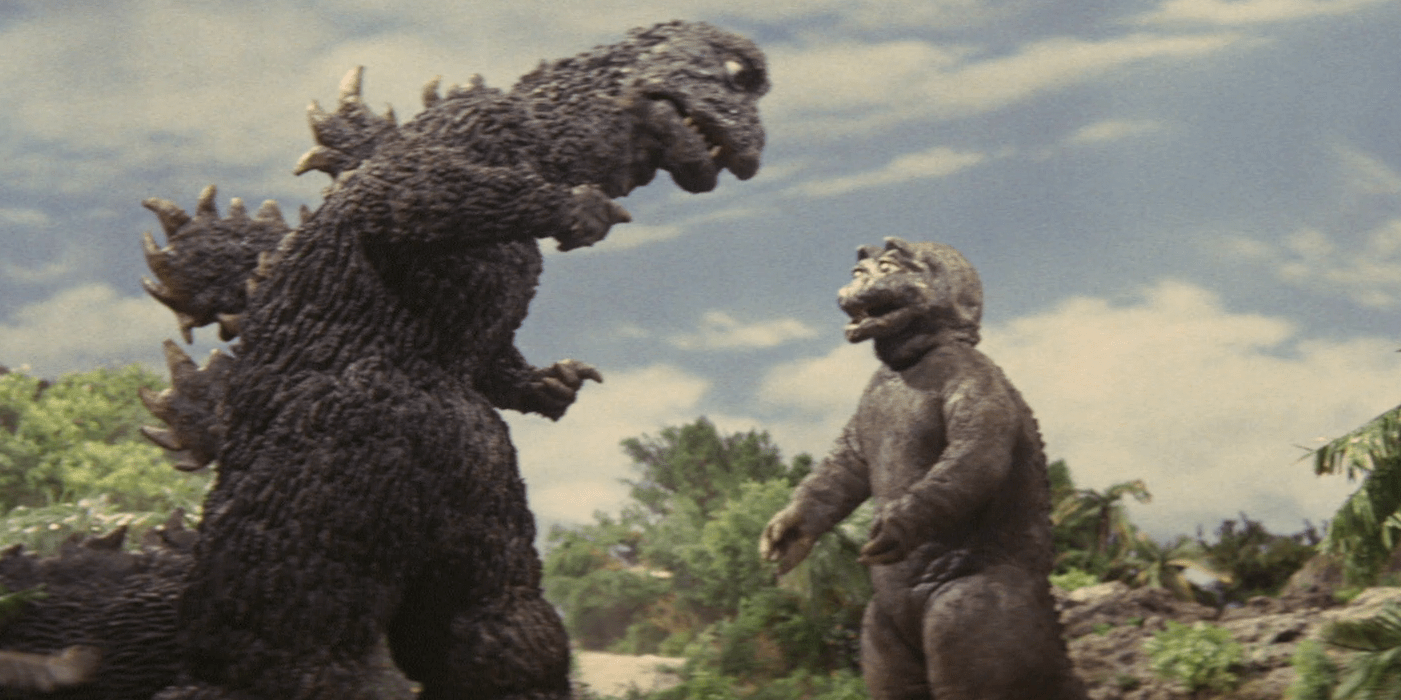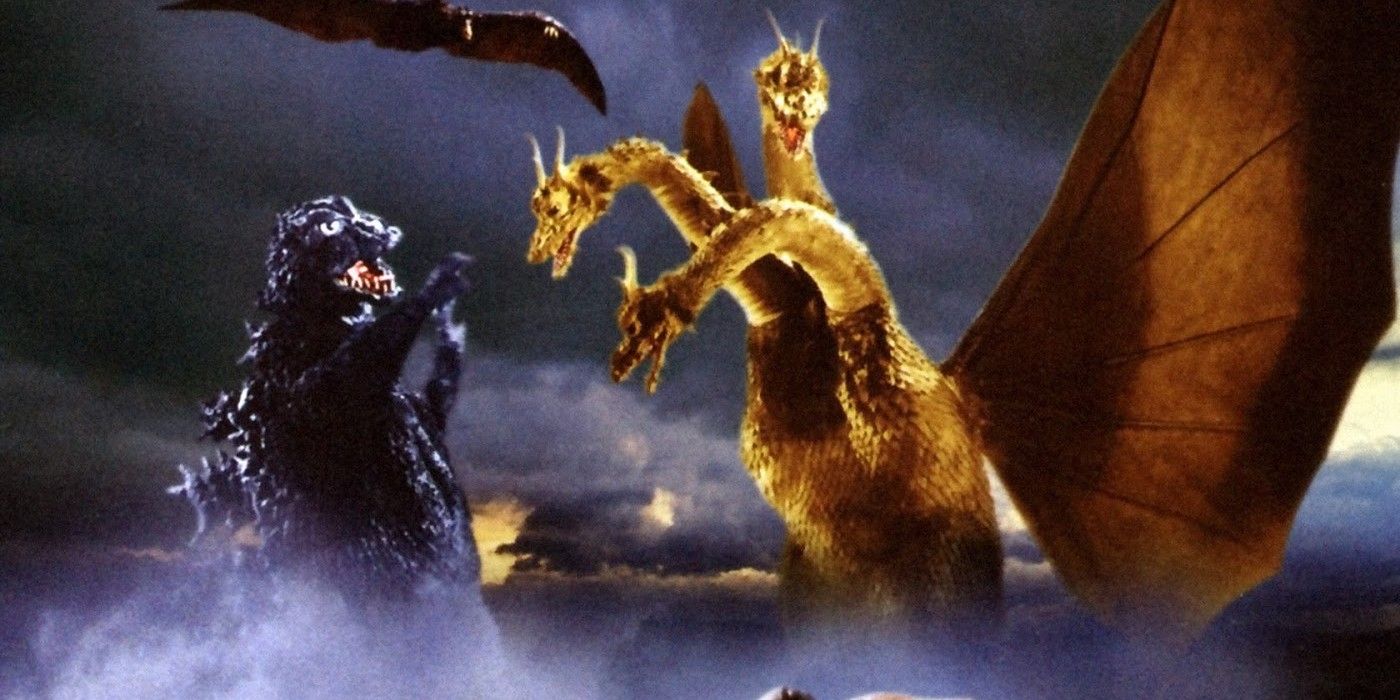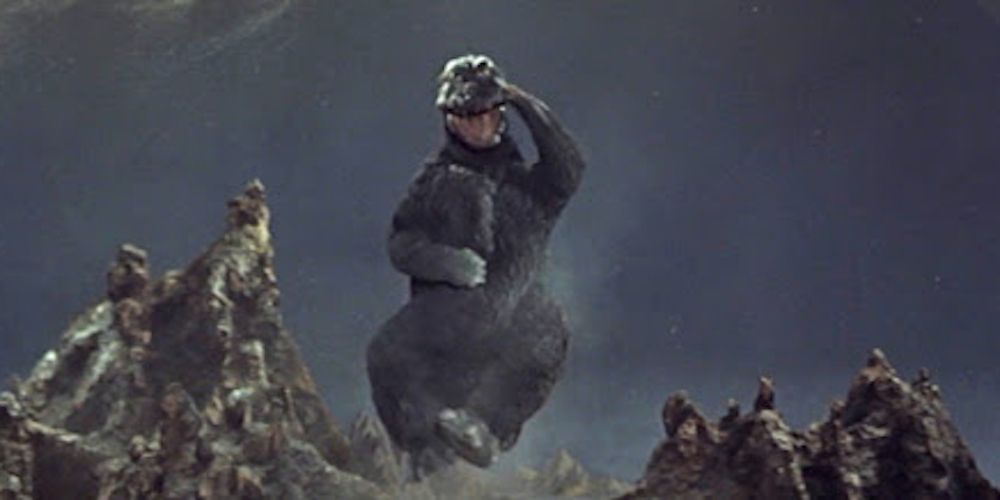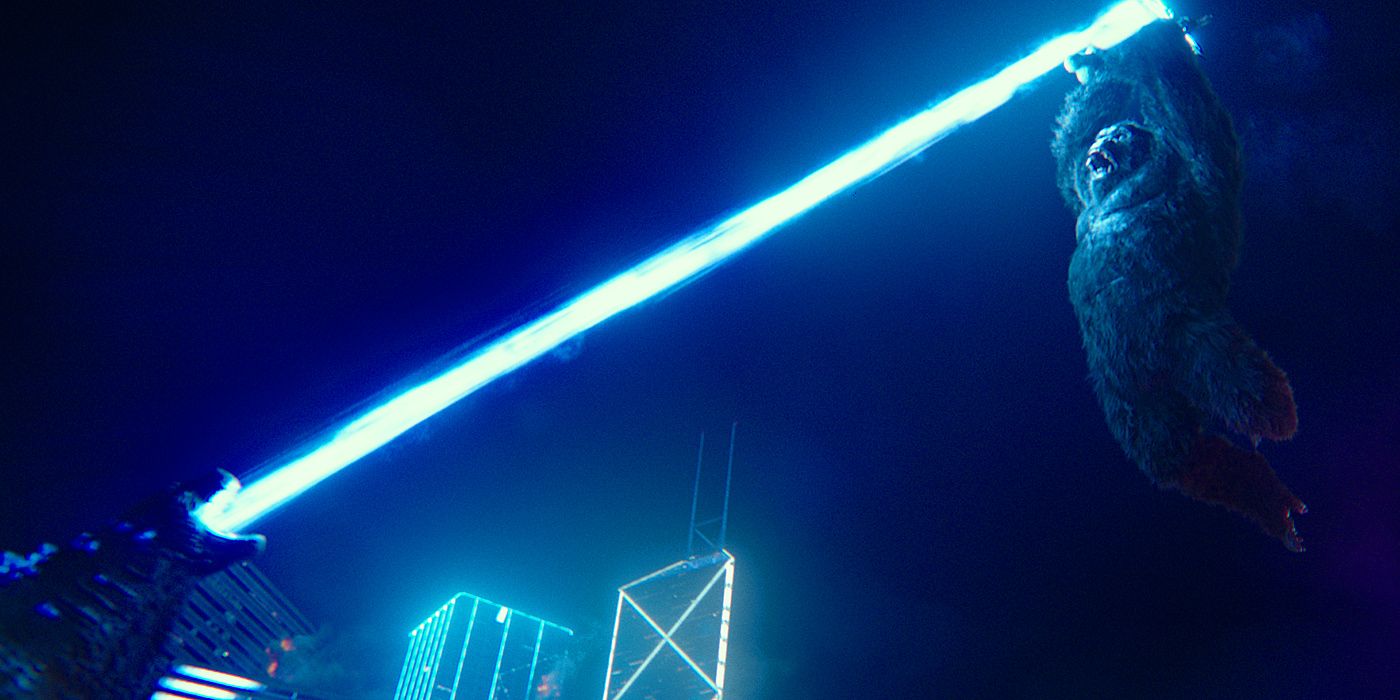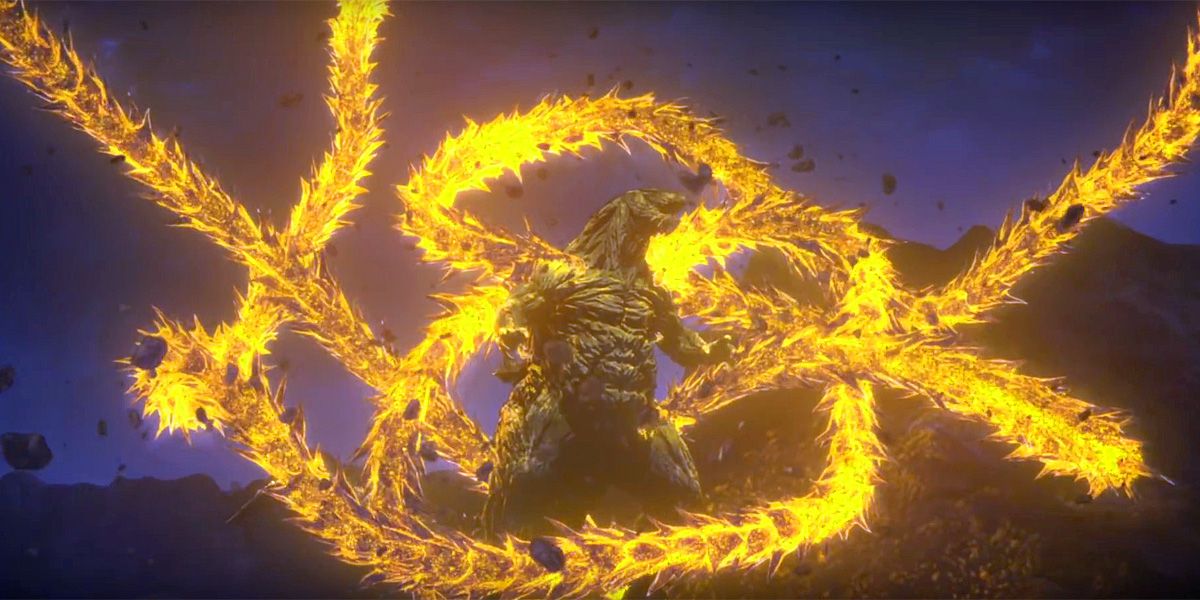Many iconic images from out of the cinema have practically become immortal, and the reaction that audiences first had to the reveal of 1954’s Godzilla is still hard to top. Godzilla is still one of the most famous creatures to debut—and it helped kickstart Japan’s growing interest in kaiju epics.
Godzilla’s impact on cinema and society has helped the monster transcend his origins and become a communal figure that all can enjoy through a diverse library of monster movies. Godzilla’s reputation has never been more prominent, but several other ways in which the giant reptile has changed since his first appearance.
10 His Origin Story Has Changed
Godzilla resonates so strongly because it’s a monster movie that functions as a powerful allegory for nuclear warfare abuse. This premise is baked into Godzilla’s origins, but the circumstances have slightly changed. Shin Godzilla’s creature feeds on disposed nuclear waste during the '60s, which allows it to mutate and rapidly evolve.
1998's Godzilla is an iguana egg exposed to radiation from French nuclear tests, and years later, it emerges fully grown. 2014's Godzilla reboot begins with a nuclear incident in 1954 before it jumps to 1999 and features an outbreak in a Japanese nuclear plant.
9 The Sound Of His Roar Is Different
Many elements come together to make the design of Godzilla so overwhelming. One of the creature’s most iconic details is the otherworldly roar that it lets out. It’s become a trademark of the character, and it’s another element that’s slowly evolved through different Godzilla productions.
Originally, Godzilla composer, Akira Ifukube, rubbed the removed double bass string with gloves soaked in pine tar when he found that no animal samples were appropriate. The roar for the 1998 Godzilla mixes older Godzilla roars with elephant sounds and humpback whale noises for when it’s submerged underwater.
8 His Rogues Gallery Is Substantially Bigger
One of the most exciting aspects of Godzilla's evolution is all of the different enemies that he’s fought against. The creature establishes quite a large roster of enemies that all make for some entertaining battles. King Ghidorah is Godzilla’s ultimate enemy, but MechaGodzilla, Destroyah, Gigan, Rodan, and about a dozen other gigantic monsters are often around to threaten Japan’s safety.
The introduction of all of these other creatures really helps flesh out Godzilla’s world as scientists experiment with new technology and procedures. There are now even multiple regional Godzillas, like Space-Godzilla, too.
7 His Size Has Changed
1998’s Godzilla brazenly claimed that “Size Matters,” but this does seem to be a principle that’s constantly under scrutiny when it comes to the reptilian creature. Godzilla is 164 feet tall in 1954’s original movie (even though it’s brought to life through a man in a suit), and he’s grown progressively larger.
1984’s Return of Godzilla upgrades him to 262 feet tall, and he becomes 328 feet tall during the 1990s. The most recent MonsterVerse CGI iterations of Godzilla have gone bigger than ever in this department, growing from 354 feet to nearly 400 feet tall.
6 He Died And Came Back As MechaGodzilla
Godzilla movies can function as standalone disaster epics, but some entries craft a connected story across multiple movies. Godzilla is typically the victor when he goes up against other creatures. Still, there’s a very bold made in Godzilla vs. Mechagodzilla, which carries over into Godzilla: Tokyo S.O.S.
The movies feature MechaGodzilla being created out of the bones of the original Godzilla, and eventually, the creature’s memories cause the mechanical creature to rampage. It’s a different take on the angle where Japan builds a new MechaGodzilla to fight Godzilla.
5 He Has Children And Sometimes Reproduces Asexually
Godzilla first appears as a sole creature, but over time the kaiju has developed an extended family and revealed some curious details about Godzilla’s reproductive abilities. 1967’s Son of Godzilla introduces Minilla, and Gadzooky is Godzilla’s nephew from the 1970s animated series.
There’s also a Godzilla Junior that’s entered into the mix in subsequent sequels. These offspring come from eggs, but 1998’s American Godzilla is asexual and lays hundreds at once, whereas different media has implied that the original Godzilla mates with other creatures, like Majira or Komodithrax, a mutated komodo dragon
4 He’s Become An Ally
It’s straightforward to villainize giant monsters that can’t be understood. Godzilla is initially considered an enemy, but the circumstances around his transformation aren’t his fault. A tacit understanding between Godzilla and Japan forms, and he becomes the nation’s defender.
However, he also acquires more allies over time. Anguirus is Godzilla’s “best friend” and a valuable asset in some fights. Godzilla has also been able to put aside past grudges and work with Rodan and Mothra to take down bigger monster threats like King Ghidorah or MechaGodzilla. He even allies with King Kong.
3 He’s Developed A Sense Of Humor
Godzilla is predominantly a figure that’s meant to instill fear or, at times, a strange level of reverence. Godzilla movies always lean into the horror or action genres, but there’s also been a gradual sense of humor entering the Godzilla character.
It’s been a slow process, but there are the odd occasions where Godzilla cracks jokes in a way during battles. A ridiculous example of this is his use of the famous “Sheeh!” pose when in conflict, but he continues to exhibit strange, wry humor at times.
2 His Powers And Strength Have Changed
A creature that’s as massive as Godzilla can cause plenty of damage simply by walking around, and he doesn’t need to rely on a wealth of other special abilities. However, this doesn’t change the fact that the nuclear nature of Godzilla’s origins has allowed different skills to blossom over time.
Godzilla’s Atomic Heat Beam is his signature attack, which is where he releases stored nuclear energy through electromagnetic force. Over time Godzilla has also shown that he can fly, manipulate metal, regenerate and transform his body, and deliver modified Spiral Heat-Ray blasts.
1 He’s Been Turned Into A Cartoon
Audiences first encounter Godzilla as a dangerous beast of destruction. The creature most commonly appears this way in movies, but there have been efforts to turn him into an animated icon. The earliest example of this is back in 1978’s The Godzilla Power Hour from Hanna-Barbera that features a cartoon Godzilla and other segments.
Godzilla: The Series acts as a follow-up to the 1998 American movie, and most recently, there’s been a bold anime trilogy that revolves around Godzilla on Netflix. It’s fascinating to see how animation takes advantage of the creature’s design and destruction level.

